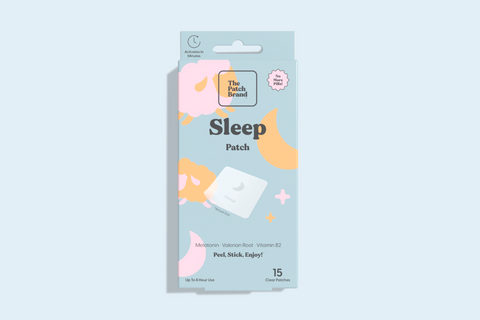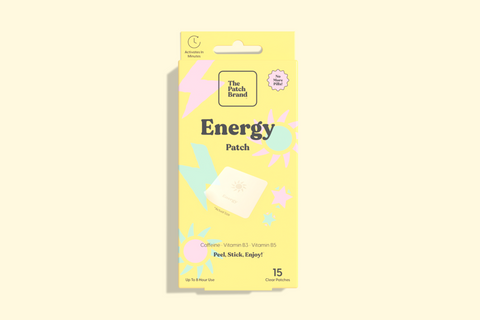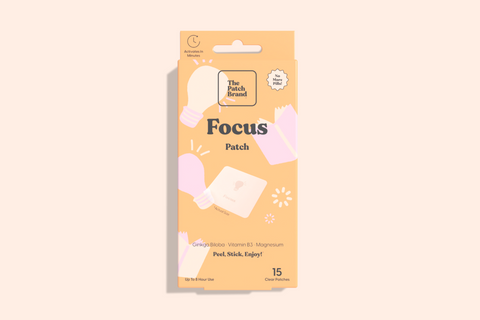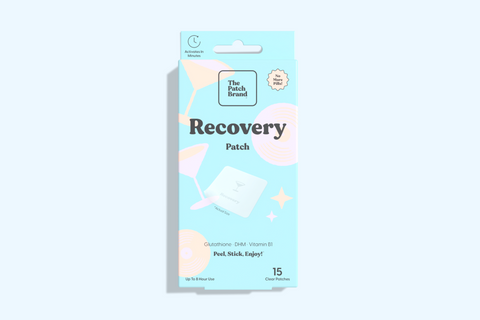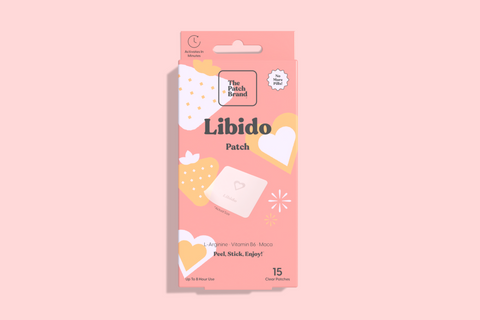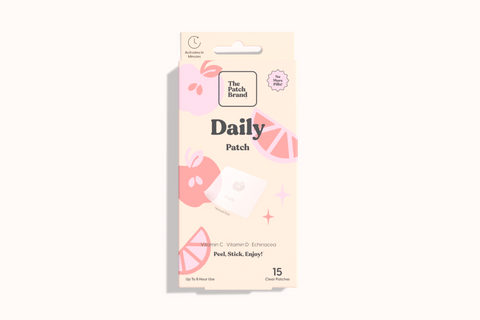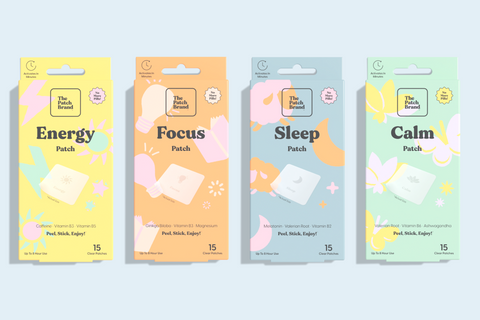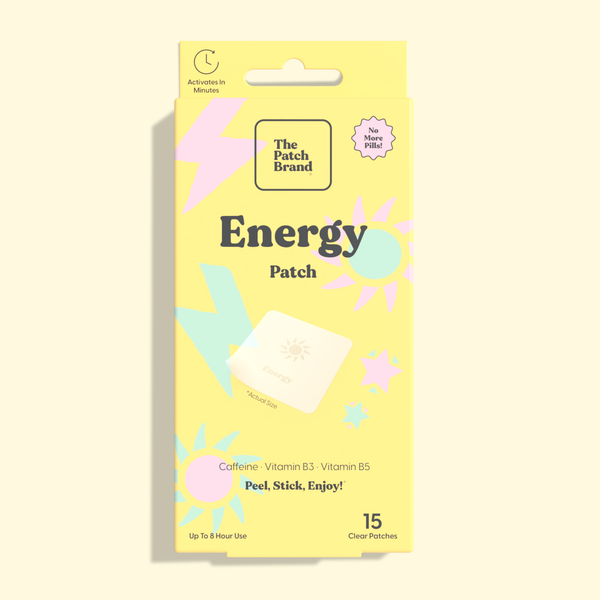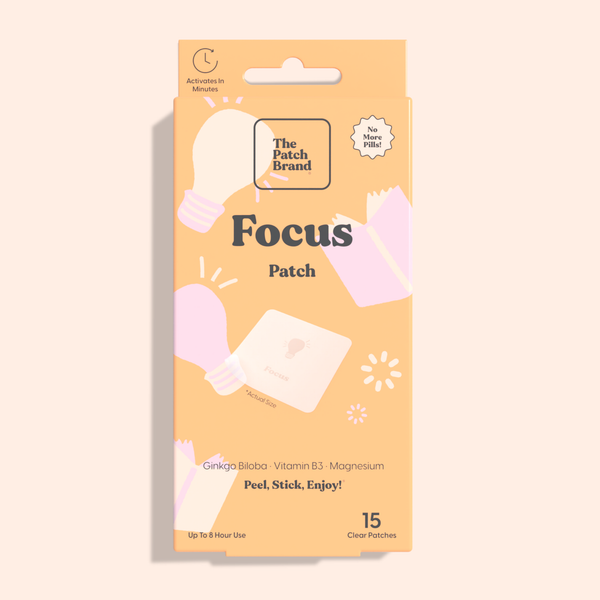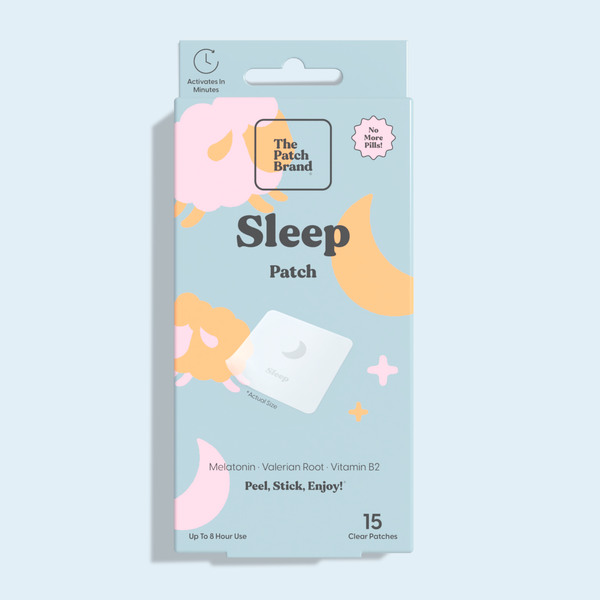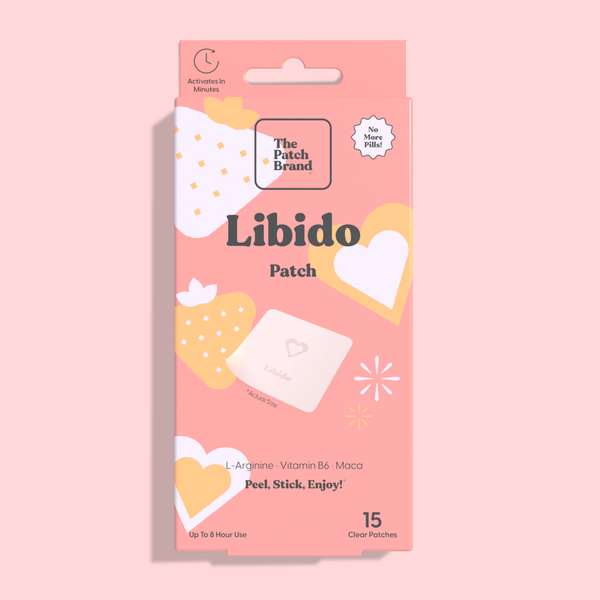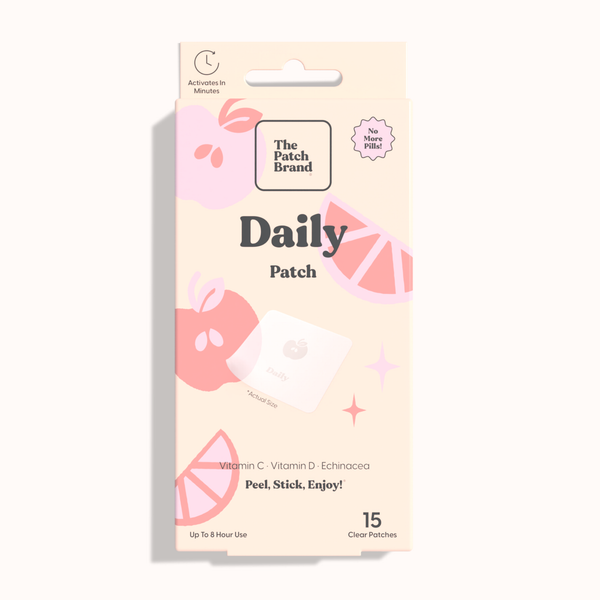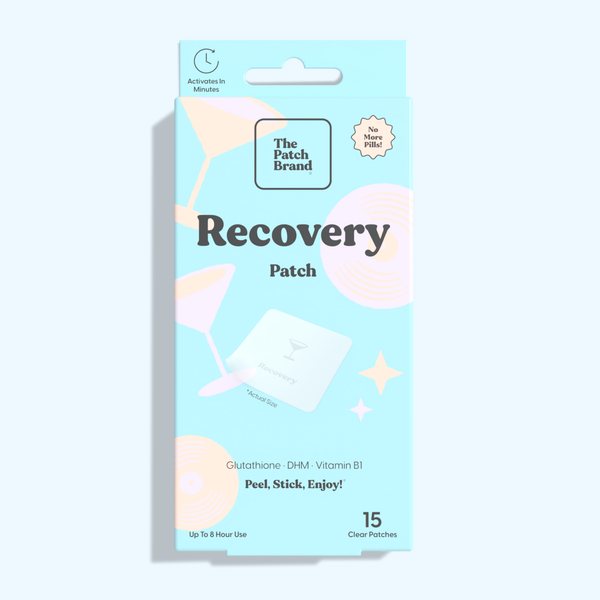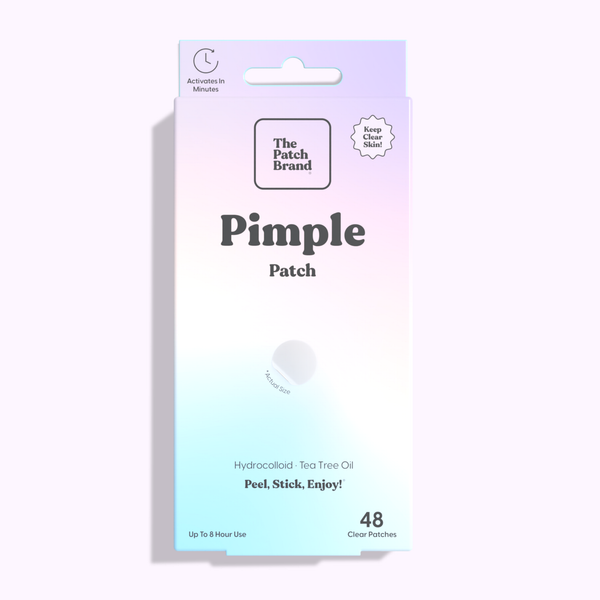Transdermal vitamin therapy is a rapidly evolving field in healthcare, marking a significant shift in how we consume vitamins. Traditionally, vitamins have been taken orally in pill or liquid form. However, with the advent of
transdermal vitamin patches, a new era of nutrient delivery has emerged. These patches, applied directly to the skin, are designed to release vitamins steadily into the bloodstream. This method bypasss the digestive system, potentially offering a more efficient way to absorb essential nutrients. The concept isn't entirely new; similar methods have been used for administering medications like nicotine patches or pain relievers. However, applying this technology to vitamins opens up exciting new possibilities in nutritional science and wellness.
The Skin's Role in Transdermal Vitamin Absorption
The skin, our body's largest organ, plays a vital role in transdermal vitamin absorption. It's made up of three primary layers: the epidermis (outer layer), dermis (middle layer), and hypodermis (innermost layer). The epidermis is the main barrier against external elements, while the dermis houses blood vessels and nerves. The hypodermis contains fat and connective tissues. For transdermal patches to be effective, vitamins must penetrate the epidermis and reach the dermis, where they can enter the bloodstream. Understanding this complex structure is crucial for developing efficient transdermal delivery systems like the
transdermal multivitamin patch.
The skin's barrier function is both a protector and a challenge in the realm of transdermal delivery. This barrier primarily resides in the stratum corneum, the outermost layer of the epidermis, consisting of dead skin cells and lipids. Its primary function is to prevent harmful substances from entering the body while retaining moisture. However, this barrier also makes it challenging for vitamin patches to deliver nutrients effectively. Overcoming this barrier without causing harm or irritation to the skin is a key focus in the development of transdermal vitamin technologies.
Several factors affect the skin's permeability, which in turn influences the effectiveness of transdermal vitamin absorption. These include skin hydration, age, location on the body, and skin integrity. For instance, hydrated skin tends to be more permeable than dry skin, making it potentially more receptive to transdermal patches. Similarly, thinner skin areas, like the inner wrist or behind the ear, may absorb vitamins more effectively than thicker skin areas. Manufacturers of the best transdermal vitamin patches consider these factors to optimize the delivery of nutrients through the skin.
To maximize the absorption and effectiveness of transdermal multivitamin patches, researchers and manufacturers employ advanced techniques that overcome the natural barriers of the skin. These methods ensure that vitamins can be delivered directly into the bloodstream, bypassing the digestive system which can degrade or alter the effectiveness of these nutrients. Here’s a closer look at these innovative techniques:
-
Permeation Enhancers: These are specially formulated substances added to transdermal patches to temporarily modify the skin barrier, making it more permeable. The use of permeation enhancers is a critical development in transdermal technology as they help the skin absorb larger molecules, such as vitamins, which would typically struggle to penetrate the skin on their own. This process involves softening the skin or altering the structure of the skin's outer layer to allow nutrients to pass through more easily, thus increasing the overall efficacy of the patch. In addition to offering an effective means of delivering the vitamins, the enhancers' safe and effective construction guarantees that they won't harm the skin over time.
-
Micro-needles: This technique uses a patch embedded with hundreds of tiny needles, so small that they are almost painless. These micro-needles painlessly penetrate the top layer of the skin, creating micro-channels that facilitate the direct delivery of vitamins into the bloodstream. This method significantly enhances the absorption rate compared to traditional patches that only deposit nutrients on the skin's surface. The micro-needle patches dissolve or detach after use, and because the needles are so small, they do not cause discomfort or leave marks, making this an ideal solution for those looking for an effective, minimally invasive option.
By incorporating these techniques into the design of transdermal patches, manufacturers can provide a more reliable and effective way to deliver essential nutrients directly into the bloodstream. This not only improves the potential health benefits received from the vitamins but also offers a convenient and painless alternative to oral supplements. These advanced methods signify a leap forward in the field of supplement delivery systems, promising users both enhanced results and a better overall experience.
Mechanisms of Transdermal Vitamin Absorption
Lipophilic vitamins, which are fat-soluble, such as vitamins A, D, E, and K, have a unique absorption pathway when applied through transdermal vitamin patches. These vitamins dissolve in fats and oils, which assists their penetration through the lipid-rich outermost layer of the skin. Once they traverse the epidermis, they reach the dermal layer where they can be absorbed into the bloodstream. This process relies heavily on the molecular structure of the vitamins, which influences their ability to dissolve in the skin's lipid layer and ultimately determines their effectiveness in transdermal applications.
The size of the vitamin molecules plays a critical role in transdermal vitamin absorption. Smaller molecules can penetrate the skin more easily than larger ones. This is why certain vitamins are more suited to transdermal delivery than others. The challenge lies in ensuring that the molecular size of the vitamins is optimal for skin penetration without altering their efficacy. Developers of transdermal multivitamin patches must carefully balance these molecular characteristics to create an effective and efficient delivery system.
Innovative techniques like microencapsulation and liposome use are employed to enhance the delivery of vitamins in vitamin patches. Microencapsulation involves enclosing vitamins in a microscopic capsule, which helps in protecting the nutrients until they are absorbed through the skin. Liposomes, on the other hand, are tiny vesicles that can encapsulate the vitamins, aiding in their penetration through the skin's layers. These technologies not only improve the stability and absorption of vitamins but also allow for a controlled release, ensuring a steady flow of nutrients into the bloodstream over time.
Challenges in Transdermal Delivery
Factors like skin type, age, gender, and even environmental conditions can influence how effectively a person's skin absorbs vitamins from patches. This variability can lead to inconsistent dosages being absorbed, which is a significant concern for ensuring that users receive the intended amount of nutrients.
Ensuring consistent dosage is a major challenge in the development of
multivitamin patches. Unlike oral supplements, where the dosage is precisely controlled and consistent, transdermal patches must rely on the skin's ability to absorb the vitamins at a consistent rate. Manufacturers need to account for variations in skin permeability and patch adherence to the skin, which can affect the release and absorption of vitamins. Despite advancements, there are limitations in current transdermal technology that impact the effectiveness of vitamin patches. These include:
-
Limited Types of Vitamins Deliverable Through the Skin: Not all vitamins can be effectively transmitted through the dermal layers. Fat-soluble vitamins like A, D, E, and K have molecular structures that may more readily permeate the skin, whereas water-soluble vitamins can struggle to pass through effectively. Manufacturers have to carefully select which nutrients are suitable for this mode of delivery and ensure that they can penetrate the skin to reach the bloodstream effectively without degrading.
-
Challenges in Maintaining Vitamin Stability Within Patches: Keeping vitamins stable in a patch environment is crucial. Vitamins can degrade over time when exposed to air, moisture, or heat, reducing the efficacy of the patch before it even reaches the consumer. Advanced packaging and formulation strategies are required to protect these nutrients from environmental factors and ensure that they remain potent and effective during the shelf life and use of the patch.
-
Difficulties in Creating Patches That Release Vitamins at a Consistent Rate: Achieving a consistent release rate is critical for the effectiveness of vitamin patches. Variations in patch formulation, the adhesive used, and the backing material can all influence how vitamins are released once the patch is applied to the skin. Developers must fine-tune the patch's matrix to allow for a steady diffusion of vitamins across all skin types, which may absorb ingredients at different rates.
-
Constraints in the Number of Vitamins That Can Be Packed into a Single Patch: There are practical limits to how much of a vitamin can be incorporated into a patch without compromising its size, thickness, and comfort. This limitation affects the dosage a patch can deliver over its active period. Manufacturers must balance the nutrient density with the physical and comfort constraints of the patch to ensure it is both effective and user-friendly.
These technological hurdles need to be overcome to broaden the range and effectiveness of transdermal vitamin delivery. Effective transdermal delivery systems must navigate this barrier without causing skin irritation or damage. This involves a delicate balance between enhancing skin permeability and maintaining skin health.
Comparing Transdermal and Oral Vitamin Intake
Transdermal delivery of vitamins, as offered by transdermal vitamin patches, has a significant advantage in bypassing the digestive system. This route eliminates issues related to gastrointestinal absorption, which can be affected by factors like stomach pH, digestive enzymes, and interactions with other nutrients or medications. By avoiding the digestive tract, transdermal vitamins potentially offer a more efficient and direct pathway into the bloodstream, ensuring that a higher percentage of the nutrient is utilized by the body.
Oral intake of vitamins, though traditional and widely practiced, has its limitations. When vitamins are ingested, they first pass through the stomach and then the liver, a process known as the "first-pass effect." This process can significantly reduce the bioavailability of the vitamins, meaning only a portion of what is consumed reaches the systemic circulation. Additionally, individuals with digestive issues or those who have undergone certain medical procedures may have impaired absorption, leading to deficiencies despite oral supplementation.
Transdermal multivitamin patches offer a method of delivery that can potentially provide more consistent blood levels of vitamins. This method avoids the peaks and troughs often associated with oral supplementation, where levels can spike immediately after ingestion and then decrease rapidly. Steady absorption through the skin can ensure a more even distribution of vitamins throughout the day, which can be particularly beneficial for vitamins that the body cannot store.
Transdermal delivery systems can be designed to target specific health needs more effectively than oral supplements. For instance, a
vitamin patch designed for energy support might release B vitamins steadily throughout the day, aligning with the body's natural energy utilization. Similarly, a patch for nighttime use might release vitamins and minerals that support relaxation and sleep, such as magnesium or melatonin, in a controlled manner to align with the body's circadian rhythm.
Benefits of Transdermal Vitamin Therapy
One of the foremost benefits of transdermal vitamin patches is their suitability for individuals with digestive issues. Transdermal vitamin therapy opens the door to broader therapeutic applications. Here are some key areas where it can be particularly impactful:
-
Chronic Conditions: Individuals living with chronic gastrointestinal conditions such as Crohn's disease, irritable bowel syndrome, or effects from gastric bypass surgery often struggle with nutrient absorption. Transdermal vitamin patches provide a crucial advantage for these patients by delivering a steady, controlled release of nutrients directly into the bloodstream. As mentioned previously, this method bypasses the digestive system altogether, reducing the risk of gastrointestinal distress and ensuring more consistent blood levels of essential vitamins and minerals, which are often critical to managing and mitigating the symptoms of their conditions.
-
Geriatric Care: As people age, they often encounter difficulties in managing traditional forms of medication due to problems like reduced saliva production, difficulty swallowing, or impaired digestive functions. Transdermal patches emerge as a superior solution by providing a simple, pain-free alternative to pills. For the elderly, who may also suffer from memory lapses, the convenience of applying a patch once daily or weekly ensures that they receive their necessary nutrients without the need to remember multiple doses throughout the day, thus improving compliance and enhancing their overall nutritional status.
-
Pediatric Use: Young children are frequently resistant to taking pills and may have difficulties with swallowing tablets or capsules. Vitamin patches offer a non-invasive, painless alternative that can be particularly appealing to both children and their parents. These patches allow for the delivery of essential nutrients without the battle and stress associated with oral medications. By using this approach, vitamin regimen adherence in pediatric care can be greatly improved, resulting in children receiving the nutrients they require for growth and development without any hassles.
-
Lifestyle Enhancement: Individuals engaged in high-intensity physical activities or those with specific dietary needs (such as vegans or people with food allergies) may find that transdermal patches provide targeted, customized nutrient support. These patches can be designed to release specific vitamins and minerals needed to support rigorous physical activity, recover from workouts, or supplement dietary gaps. This tailored approach not only enhances performance and recovery but also supports overall well-being by ensuring that the body receives nutrients in the most efficient manner possible.
The convenience factor of vitamin patches is significant, especially for those who struggle with the routine of taking multiple oral supplements daily. Transdermal patches are easy to apply and can provide a sustained release of vitamins over several hours or even days. This not only simplifies the vitamin-taking process but also improves compliance, as users are more likely to consistently use a product that is easy and convenient.
Safety and Regulatory Considerations
While transdermal vitamin patches offer many benefits, it's important to be aware of potential side effects. Skin irritation or allergic reactions are the most common issues, though they are generally mild and resolve quickly after removing the patch. Users must monitor their skin's response to a new patch and consult with a healthcare professional if they experience persistent irritation or other adverse reactions. Additionally, the risk of overdose, though rare, is a consideration, particularly with fat-soluble vitamins that the body stores.
Before starting any new supplement regimen, including transdermal vitamins, it is advisable to consult with a healthcare professional. This is especially important for individuals with existing health conditions, taking prescription medications, or those who are pregnant or breastfeeding. A healthcare provider can offer guidance on the suitability of transdermal vitamin therapy, considering any potential interactions or health risks.
Transdermal multivitamin patches fall under the regulatory purview of agencies like the FDA (U.S. Food and Drug Administration). These agencies ensure that these products are safe, and properly labeled and that their claims are supported by scientific evidence. Manufacturers are required to adhere to strict guidelines in the formulation, production, and marketing of these patches, ensuring a high standard of quality and safety for consumers.
An essential aspect of promoting the safe use of vitamin patches is consumer education. Manufacturers and healthcare providers play a crucial role in informing users about the correct application of patches, dosage guidelines, and the importance of adhering to recommended usage. Providing clear instructions and information helps users to correctly utilize these products, maximizing benefits while minimizing risks.
The future of transdermal vitamin absorption appears bright and full of potential. Continuous advancements in technology and research are expected to enhance the efficacy and range of vitamins that can be delivered through the skin. The growing interest in personalized medicine and wellness could see these patches becoming more tailored to individual health profiles and nutritional needs. Moreover, as awareness and understanding of transdermal vitamin therapy increase, we can anticipate broader acceptance and integration into mainstream health and wellness practices.



